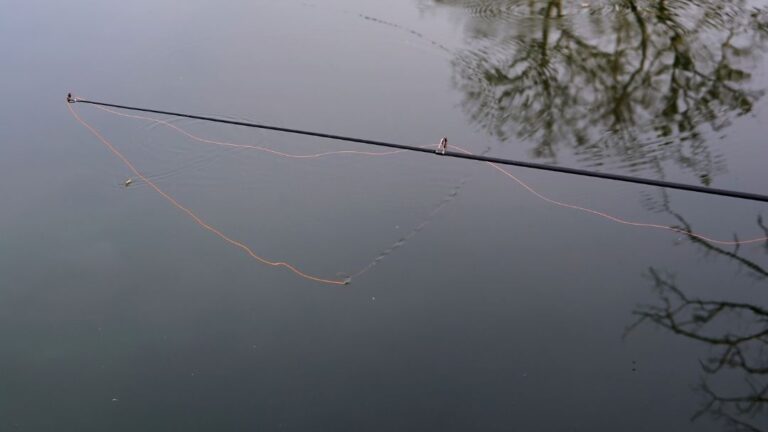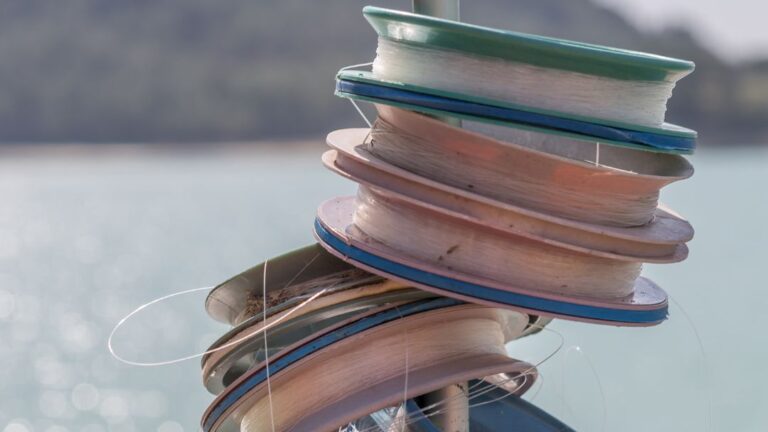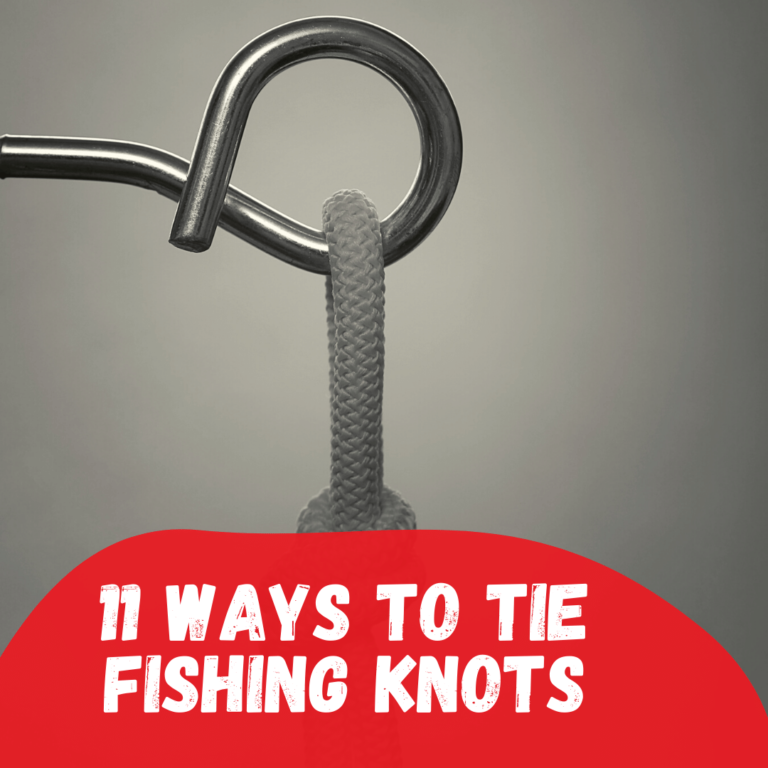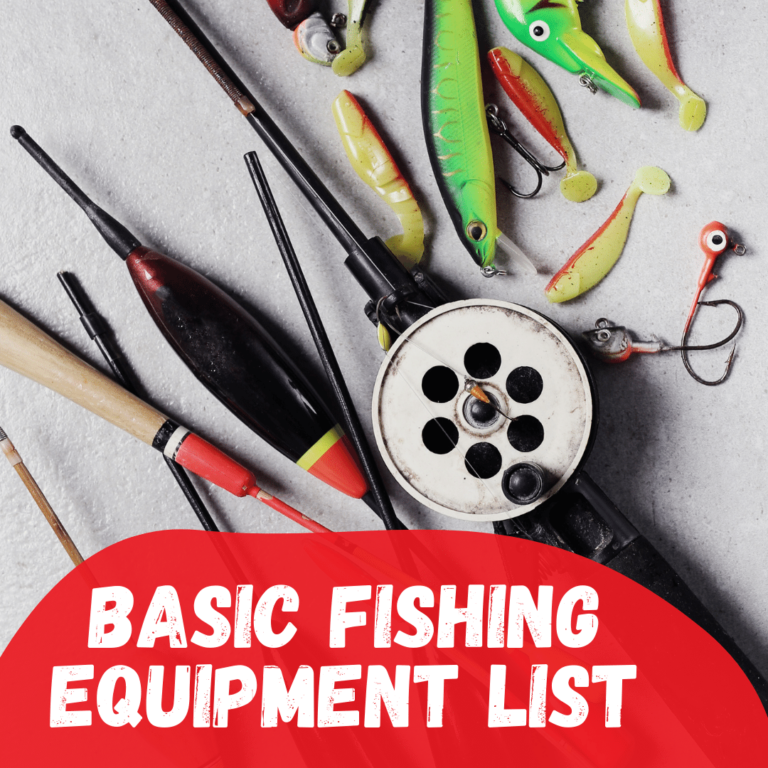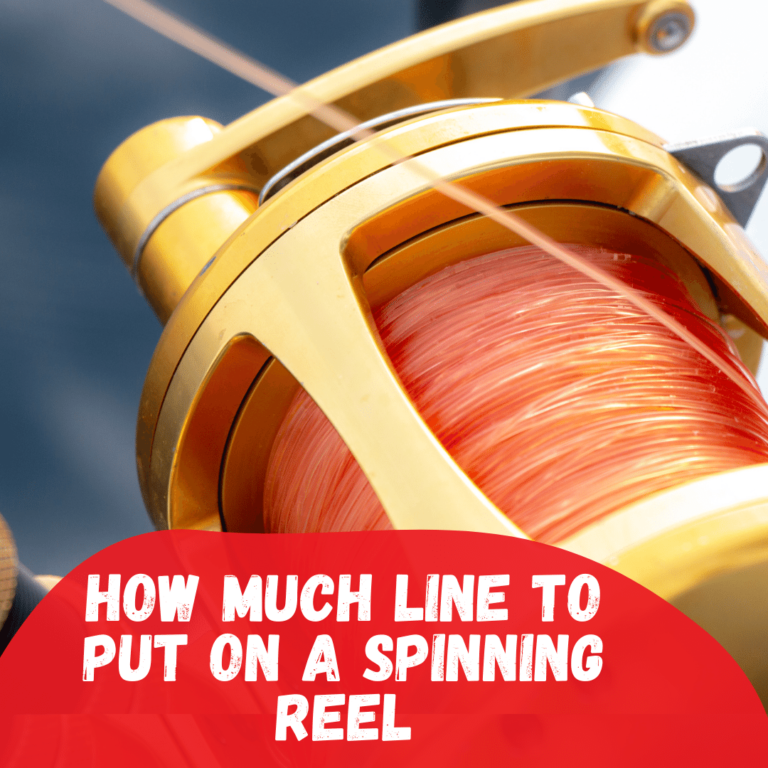When it comes to a relaxing freshwater fishing experience, river fishing is a top choice. You require minimal equipment and can do it in so many ways. But choosing the right lure is vital to catch slightly larger fish on average and ignore unwanted fish.
What lures to use for river fishing? You can use different fishing lures for river fishing, such as jigs, crankbaits, spinner bait, soft plastic lures, topwater lures, etc. Choosing the right color, size, and type is essential depending on the water conditions and the kind of fish species you will fish.
Why Should You Use Lures For River Fishing?
Both lures and baits are available for river fishing. Why should you choose lures over baits?
It must have some reasons, right? Here is why lures are better than baits in some aspects!
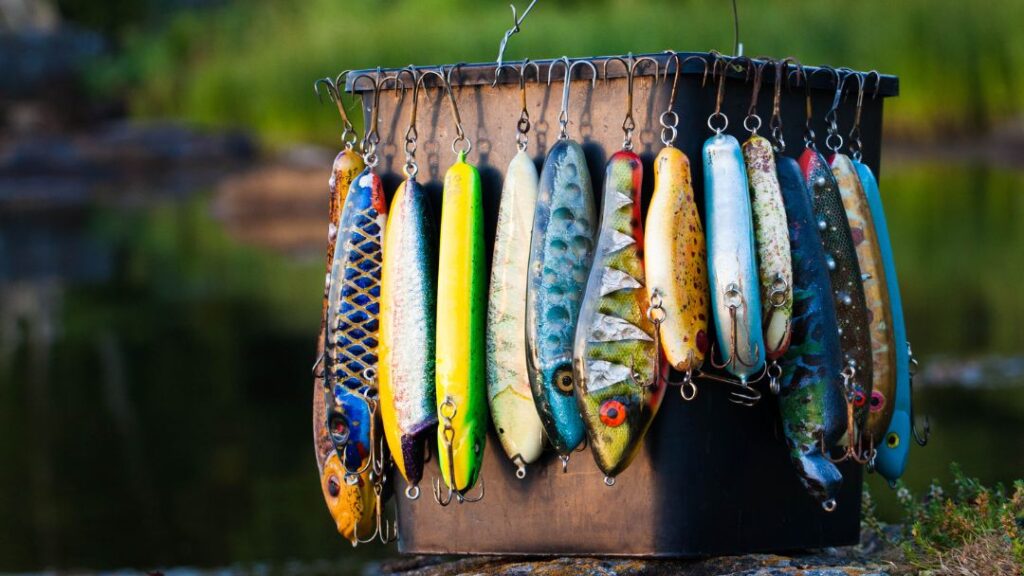
01. Long-lasting
The problem with catching fish with baits in the river is that you need to use fresh baits to attract fish.
Anglers need to collect them before just going river fishing.
You can’t store them too long. Otherwise, they will smell foul. This won’t attract fish.
02. Re-usage
Baits can be used only once. On the other hand, artificial lures are reusable.
This makes it a cost-effective choice. As long as it is good, you can use it. Besides, you can buy a many in a package to save money.
You can use it all day long. But following the correct fishing technique and precisely hooking the lure is crucial to get the job done.
03. Ease Of Use
The primary advantage of lures is that it keeps anglers more involved.
After all, it is an active fishing technique. You don’t need to wait for hours.
Artificial lures attract fish through vibrations and noises when you use technically use your fishing rod and reel.
04. Easy Carrying
When it comes to living baits, you have to use additional items and store them in separate boxes.
It will increase the overall weight of fishing gear.
It will be a hassle job if you already carry many fishing items.
05. Highly Versatile
Some live bait might only appeal to some specific fish, not all.
But artificial lures are highly versatile. Their deceptive appearance attracts a wide range of fish species.
They are more adaptable than baits to target a particular type of fish in a specific size.
However, choosing the right size, weight, type, and color is vital.
What Lures To Use For River Fishing?
Fishing lures are available in various types. Some are versatile, and others are suitable for particular purposes.
Let’s learn what type of fishing lures you can use for river fishing.
01. Jigs
Are you fishing near the mouth of a river? If so, jigs are a top choice. It is a low-cost, low-energy technique.
Jigs are a particular type of artificial lure that mimics the movement of an injured baitfish.
Due to their versatility and ease of use, many pro anglers prefer to use them. You can use it for different water conditions and seasons.
Besides, jigs are highly versatile to use for a wide range of fish species. However, using the right fishing gear and knowing the correct fishing technique will determine your success.
Anglers mainly use this kind of lure for catching large fish, such as bass.
Jigs are available from 1/32 oz to 1oz and up. Generally, 1/4 to 1/8-ounce jigs are ideal for regular fish.
If you are targeting too large or heavier fish, use 1-ounce jigs. You can use 1/32-ounce jigs for catching smaller options.
02. Crankbaits
Are you after Largemouth, catfish, smallmouth, striped bass, perch, pike, muskie, or spotted bass?
If yes, you might be looking for a perfect artificial lure that can mimic the color, action, and size of the crawfish and shad.
Crankbaits are the best choice for this purpose. Anglers prefer to use them, especially during a summer excursion.
The main advantage of crankbaits is their higher water coverage than other lures. Plus, you can control how deep they dive into the water.
This type of artificial lure is an effective option to use in waters deeper than 10 feet.
If the river water is crystal clear, you can use natural color. But bright colors are the best choice for rivers with off-colored or murky water.
But what size of crankbaits should you use? It will vary based on fish species.
| Fish Species | Ideal Crankbait Size |
|---|---|
| Crappie | 1″ to 3″ |
| Musky | 4″ to 12″ |
| Smallmouth Bass | 2″ to 5″ |
| Largemouth Bass | 2″ to 5″ |
| Northern Pike | 4″ to 9″ |
| Walleye | 3″ to 6″ |
03. Spinnerbait
Do you enjoy river fishing on cloudy, overcast, or windy days? You will need unique artificial lures so that the light from the sun is distorted or shielded.
Spinnerbaits are hybrid fishing lures that you can use in various water conditions. Whether it is clear water or muddy water, you can use it for all.
This special lure can mimic the vibration, flash, and appearance of live baits so well. Fish can touch and feel the object through their sensory organ from a reasonable distance.
You can use this artificial lure for catching perch, pike, flounder, redfish, and bass.
For regular fish, anglers prefer to use 1/4-, 3/8-, and 1/2-ounce spinnerbaits. However, you can use one-ounce baits are heavier options.
Their blaze size ranges from 1 to 8 inches. But 3 and 4 inches are most commonly used.
The below table shows various types of spinnerbaits and their ideal usage.
| Type of Spinnerbait | When To Use It |
|---|---|
| In-Line Spinners | Better for catching bass in a range of conditions |
| Tail Spinners | An excellent choice for long casting and retrieval |
| Beetle Spins | The idea is to use with a spinning reel or a spin cast reel |
| Live Bait Spinners | A good choice for casting and retrieving |
| Overhead Arm Spinners | Widely used in bass fishing |
04. Soft Plastic Lures
Soft plastic lures are a great choice for river fishing. They are available in various colors, shapes, and sizes.
Manufacturers use injection molding technology to make their look-like live baits. Their flexibility and flesh-like texture attract river fish easily.
If you are targeting smaller or medium fish, use soft plastic lures 80-140mm in length.
Fishing in larger rivers allows you to use soft plastic lures up to 200mm in length.
Soft plastic lures are available in various types, such as worm or curl tail plastics, shad or paddle tail plastics, grub or jerk bait plastics, crustacean soft plastics, etc.
For example, worm or curl tail plastics are a great choice because of their ease of use and lively action. New river anglers especially love these lures.
Shad or paddle tail plastics are pretty straightforward bait. You can use them for a wide range of fish species.
Besides, manufacturers categorize them based on different shapes such as worms, creatures, beavers, tubes, toads, soft stick baits, craws, trailers, drop-shot baits, etc.
05. Topwater Lures
Are you after larger-than-average-size bass or trophy-class specimens? Do you prefer to fish during the late fall, early spring, and late spring?
If so, you want to use topwater lures or surface lures. They can entice a reaction strike to attract fish easily.
This type of go-to fishing lure is also a perfect choice for mid-to-late summer. Unlike other lures, they can effortlessly float and move on top of the river water.
The weight of topwater lures ranges from a few grams up to 120 grams and beyond. But it can’t be too much to avoid sinking problems.
Anglers prefer to use topwater lures, especially for catching trout, walleyes, and even catfish.
Topwater lures are available in various colors, such as chrome/pearlescent, white, black, chartreuse, etc.
For example, white is a perfect choice for low-light conditions or cloudy days, whereas Chrome/Pearlescen is a better option when the river water is crystal clear.
What Factors Affect River Fishing Lure Selection?
Before using a particular type of fishing lure, considering some crucial aspects is essential.
01. Water Temperature
One of the essential aspects is considering the temperature of the river water when choosing river fishing lures.
Generally, the metabolic rate of river fish increases when the temperature increases.
Their respiration rates become double for each 10°C (18°F) increment in water temperature.
Fish stays more active in warmer water. You can use average lures to catch them.
But fish are less active in colder water. You have to be choosy when selecting artificial lures in such conditions.
02. Water Depth
Fishing in deeper and larger rivers is trickier than in smaller ones.
The extreme change in water pressure in the deeper water level will affect the lure’s movement.
You have to be more concise and may need to change your fishing technique depending on where the fish is swimming around.
03. Water Current Speed
Waves, tides, and currents are some critical aspects of river fishing.
For example, it is essential to use heavier lures to catch fish in heavy currents.
Besides, casting further up the current is necessary to give your lure enough time to get to the bottom.
How To Choose the Right Fishing Lures For River Fishing?
Fishing lures are important for river fishing because they help to mimic natural prey, and increase the chances of attracting and catching fish.
Here are the top three important aspects you can overlook when choosing fishing lures for river fishing.
01. Color
Lures for river fishing are available in various colors.
If you are fishing in bright, sunny weather, you should use silver-colored lures. The reflection of the sun makes the lure shinier underwater.
In contrast, when the river water is a bit dirty or tea-stained, or the weather is cloudy, use gold-colored fishing lures
If the river is filled with algae or silt, you want to use a yellow, green, or blue lure. They look more attractive also in winter conditions.
Red, orange, yellow, silver, and metallic colors are better for bright days when the river water is clear.
02. Size
Fishing lures are available in a wide range of sizes, from micro to extra large.
But extra large options may not always be necessary for river fishing because fish species in rivers are not as large as in the ocean.
Let’s figure out different sizes of fishing lures on a small table.
| Specification | Size Diameter | Ideal Usage |
|---|---|---|
| Micro-sized | Up to 1 1/4 inches | Trout and Bass |
| Extra small | Up to 1 5/8 inches | Kokanee, Trout, and Bass |
| Small | Up to 2 inches | Kokanee, Trout, Lake Trout, Bass, and Wiper |
| Medium | Up to 2 1/2 inches | Steelhead, Salmon, and Lake Trout |
| Large | Up to 3 1/2 inches | Silver Or Ocean King Salmon and Lake Trout |
| Extra large | Up to 4 1/4inches | Ocean King Salmon and Lake Trout |
03. Types
Fishing lures are available in various types, such as dry flies, wet flies, nymphs, streamer flies, etc.
Dry fly is a more appropriate choice for topwater fishing. The object will float on the river water surface without sinking below.
Wet flies sit under the water. They are mainly made of neutral-colored materials and resemble insects beneath the water’s surface.
Nymph fishing lures are designed to imitate pupae and larvae crawling on the bottom. They are much heavier than soft hackled ‘wet flies,’
Streamer flies are an excellent choice for imitating small bug life, such as baitfish, crayfish, leeches, and giant aquatic insects.
Anglers mainly use them for catching larger fish, like freshwater trout.
Wrapping Up
Are you still wondering what lures to use for river fishing? Dozens of options are available. Don’t forget to consider water conditions, target species, and personal preferences when selecting a lure.
Different types of lures, such as spinners, jigs, and crankbaits, can each be effective in their own way. Ultimately, it is essential to experiment with different lures and techniques to find what works best for you and the specific river you are fishing in.

